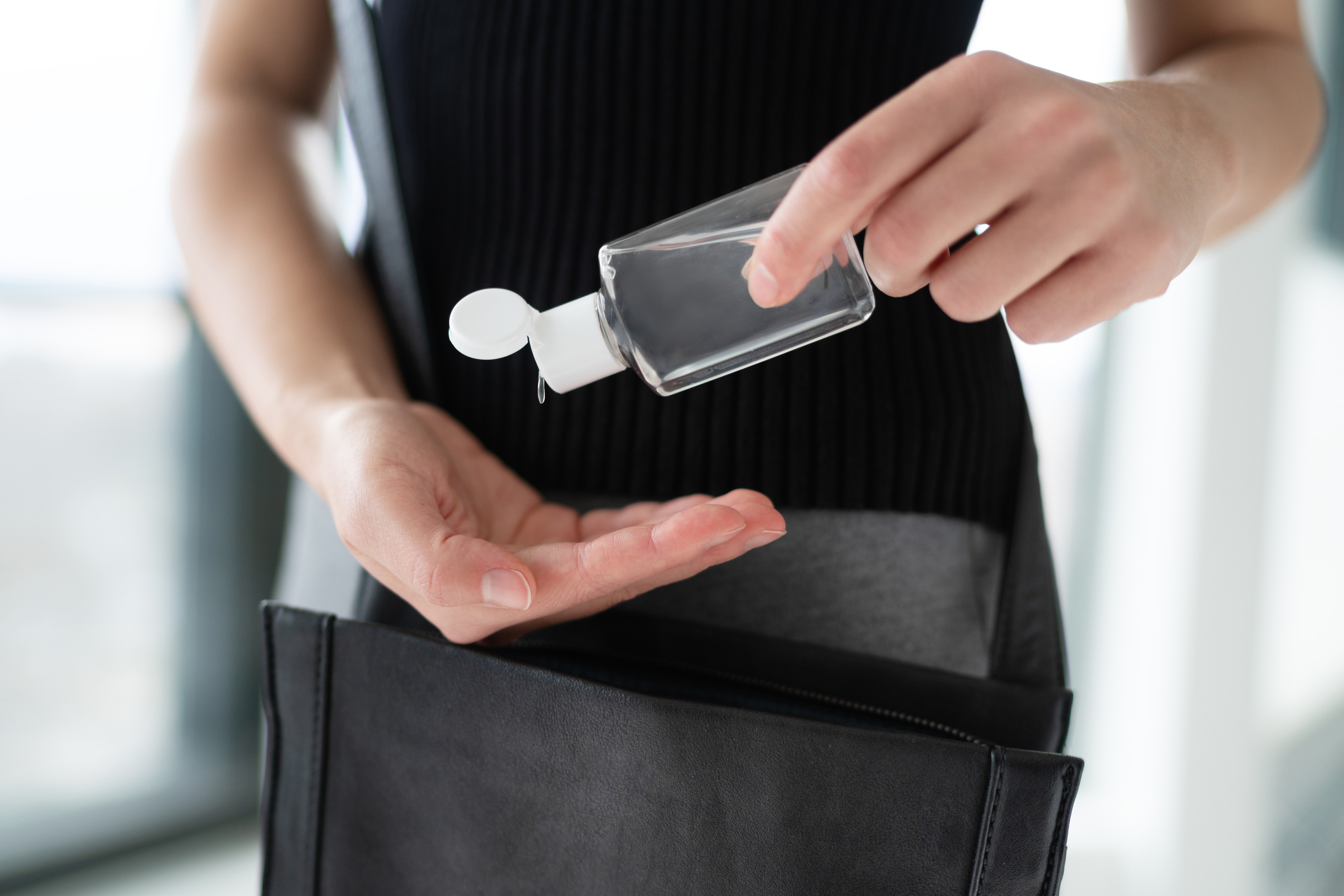The global response to the coronavirus crisis put a bright spotlight on the complexity of global supply chains. But not only in the traditional, “behind-the-scenes” way we think about companies sourcing inputs, component parts and ingredients. It also highlighted the risks and vulnerabilities facing consumers when they are uninformed about quality issues, potential fraud or product recalls.
As companies rushed to meet the increased demand for pharmaceutical and medical devices, the source — and safety — of products became less clear. Products like ventilators were made by companies that never manufactured medical devices before. At the same time, consumers purchased products like masks and hand sanitizers from global e-commerce sites, turned to brands they never heard before and even shopped for medical devices and pharmaceuticals they never thought of needing.
With COVID-19 cases again on the rise worldwide, let’s examine the regulatory environments for pharmaceutical and medical devices used by consumers and on the medical frontlines.
It is generally accepted that medical device and pharmaceutical recalls are highly regulated events in the United States (U.S.), United Kingdom (U.K.) and across the European Union (EU). But when consumers consider products originating from outside those borders, there is a perception that products are less safe and regulators are less capable of protecting consumers.
But that’s not always the case. Some jurisdictions are very transparent in their recall and enforcement efforts. Australia’s Therapeutic Goods Administration (TGA) covers medicine and medical devices, publishing recalls in a public TGA database. Japan’s Pharmaceuticals and Medical Devices Agency also have public recall databases for medical device and pharmaceuticals.
Others are actively advancing. South Korea’s Ministry of Food and Drug Safety (MFDS) regulates medical devices through post-market monitoring and adverse event reporting. In the last couple of years, the MFDS announced that it would launch an updated recall database.
That said, regulatory enforcement and product recall data from other jurisdictions are not always easy to come by. Through partnership and involvement with authorities and associations like the Organisation for Economic Co-operation and Development (OECD) and the Association of Southeast Asian Nations (ASEAN), countries throughout the Asia-Pacific (APAC) region are making significant advancements to protect consumers.
The current challenge, however, is possibly best illustrated by examining recent concerns toward hand sanitizers. The U.S. Food and Drug Administration (FDA) was a leading force with its effort to protect consumers from potentially dangerous sanitizer products. Recalls were announced, imported products were held at the borders and public warnings were placed on products that the agency had no record of ever reaching U.S. consumers.
Health Canada and regulators across the U.K. and EU took a similar approach, issuing their own safety alerts. The same products, however, were recently reported by BloombergQuint as still being available. Similarly, recalls of hand sanitizers, or “hand disinfectant” products, were not apparent outside of the U.S., U.K. or EU on the OECD GlobalRecalls portal. Only one recall was found in a scan of Product Safety Australia’s recall database.
We know that with global supply chains comes global recalls. When products are distributed across geographies, effective communication across every impacted market is critical. That means with all regulatory bodies, customers or retailers, and consumers. Transparency, collaboration up and down the supply chain and effective recall communication are critical to protecting consumers — especially during a global pandemic and into the future.
Source: KPMG — The changing landscape of the medical devices industry in the APAC region, March 2020

